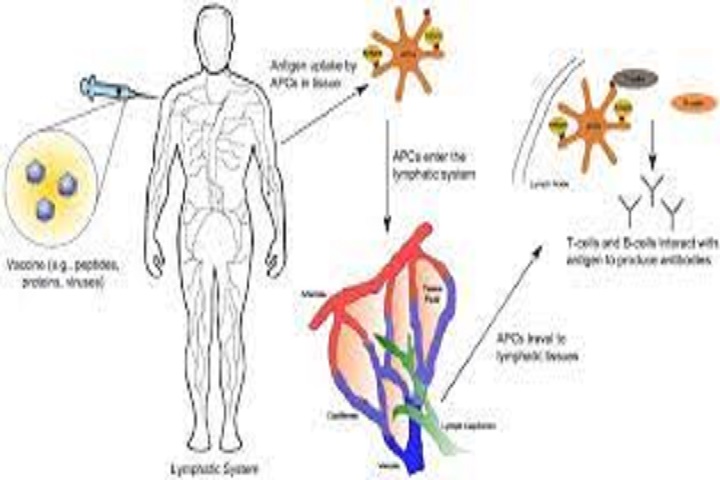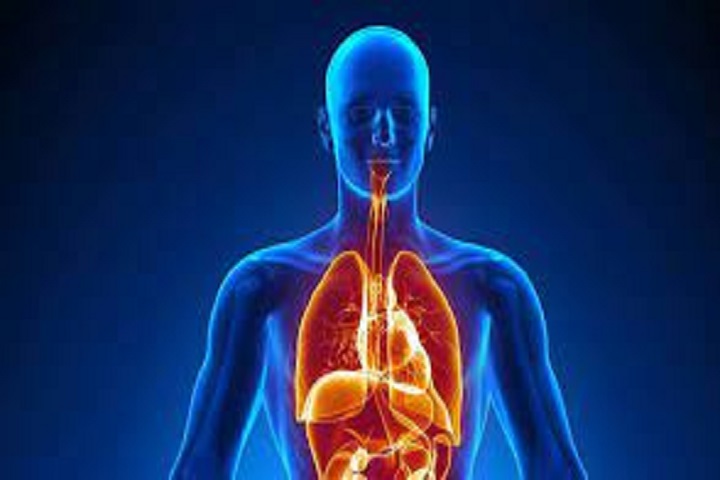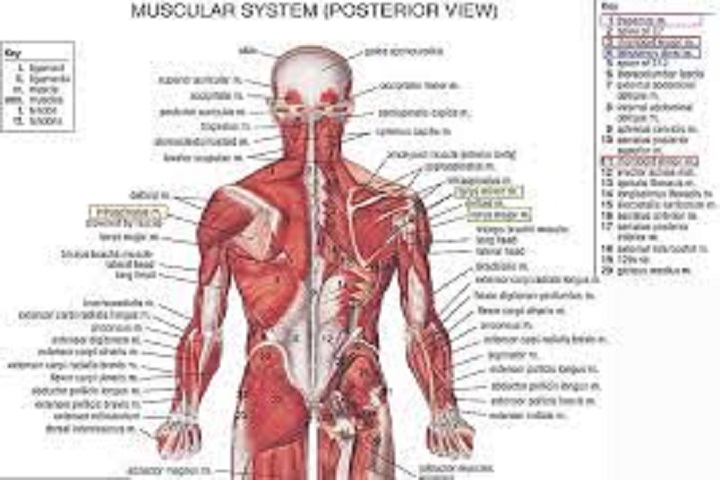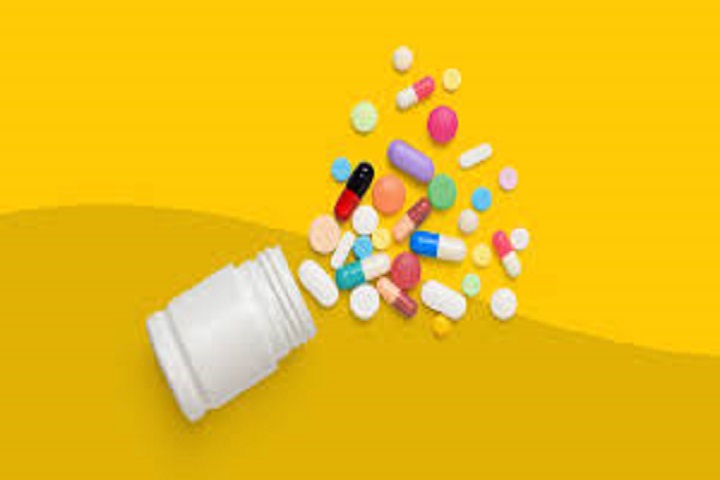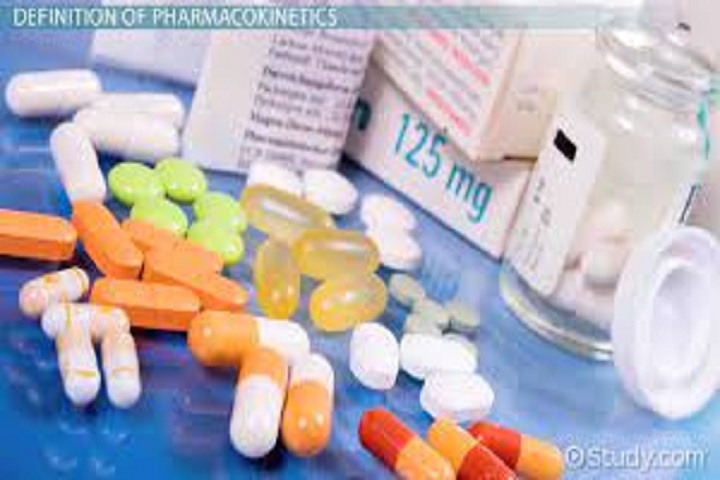Introduction
A child falls and scrapes her knee. Is this likely to be a life-threatening injury? Probably not, even though the breaks in the skin have permitted the entry of thousands or even millions of bacteria. Those bacteria, however, will be quickly destroyed by the cells and organs of the lymphatic system.
Although the lymphatic system may be considered part of the circulatory system, we will consider it separately because its functions are so different from those of the heart and blood vessels. Keep in mind, however, that all of these functions are interdependent. The lymphatic system is responsible for returning tissue fluid to the blood and for protecting the body against foreign material.
The parts of the lymphatic system are the lymph, the system of lymph vessels, and lymphatic tissue, which includes lymph nodes and nodules, the spleen, and the thymus gland.
LYMPH
Lymph is the name for tissue fluid that enters lymph capillaries. As you may recall from Chapter 13, filtration in capillaries creates tissue fluid from blood plasma, most of which returns almost immediately to the blood in the capillaries by osmosis. Some tissue fluid, however, remains in interstitial spaces and must be returned to the blood by way of the lymphatic vessels. Without this return, blood volume and blood pressure would very soon decrease. The relationship of the lymphatic vessels to the cardiovascular system is depicted
LYMPH VESSELS
The system of lymph vessels begins as dead-end lymph capillaries found in most tissue spaces. Lymph capillaries are very permeable and collect tissue fluid and proteins. Lacteals are specialized lymph capillaries in the villi of the small intestine; they absorb the fat-soluble end products of digestion, such as fatty acids and vitamins A, D, E, and K. Lymph capillaries unite to form larger lymph vessels, whose structure is very much like that of veins.
There is no pump for lymph (as the heart is the pump for blood), but the lymph is kept moving within lymph vessels by the same mechanisms that promote venous return. The smooth muscle layer of the larger lymph vessels constricts, and the one-way valves (just like those of veins) prevent the backflow of lymph. Lymph vessels in the extremities, especially the legs, are compressed by the skeletal muscles that surround them; this is the skeletal muscle pump.
The respiratory pump alternately expands and compresses the lymph vessels in the chest cavity and keeps the lymph moving. Where is the lymph going? Back to the blood to become plasma again. Refer to as you read the following. The lymph vessels from the lower body unite in front of the lumbar vertebrae to form a vessel called the cisterna chyli, which continues upward in front of the backbone as the thoracic duct. Lymph vessels from the upper left quadrant of the body join the thoracic duct, which empties lymph into the left subclavian vein.
Lymph vessels from the upper right quadrant of the body unite to form the right lymphatic duct, which empties lymph into the right subclavian vein. Flaps in both subclavian veins permit the entry of lymph but prevent blood from flowing into the lymph vessels.
LYMPHATIC TISSUE
Lymphatic tissue consists mainly of lymphocytes in a mesh-like framework of connective tissue. Recall that most lymphocytes are produced from stem cells in the red bone marrow, then migrate to the lymph nodes and nodules, to the spleen, and to the thymus. In these structures, lymphocytes become activated and proliferate in response to infection (this is a function of all lymphatic tissue). The thymus has stem cells that produce a significant portion of the T lymphocytes.
LYMPH NODES AND NODULES
Lymph nodes and nodules are masses of lymphatic tissue. Nodes and nodules differ with respect to size and location. Nodes are usually larger, 10 to 20 mm in length, and are encapsulated; nodules range from a fraction of a millimeter to several millimeters in length and do not have capsules. Lymph nodes are found in groups along the pathways of lymph vessels, and lymph flows through these nodes on its way to the subclavian veins.
Lymph enters a node through several afferent lymph vessels and leaves through one or two efferent vessels. As lymph passes through a lymph node, bacteria and other foreign materials are phagocytized by fixed (stationary) macrophages. Plasma cells develop from lymphocytes exposed to pathogens in the lymph and produce antibodies. These antibodies will eventually reach the blood and circulate throughout the body
 TRUTHREVIEWERS
TRUTHREVIEWERS
